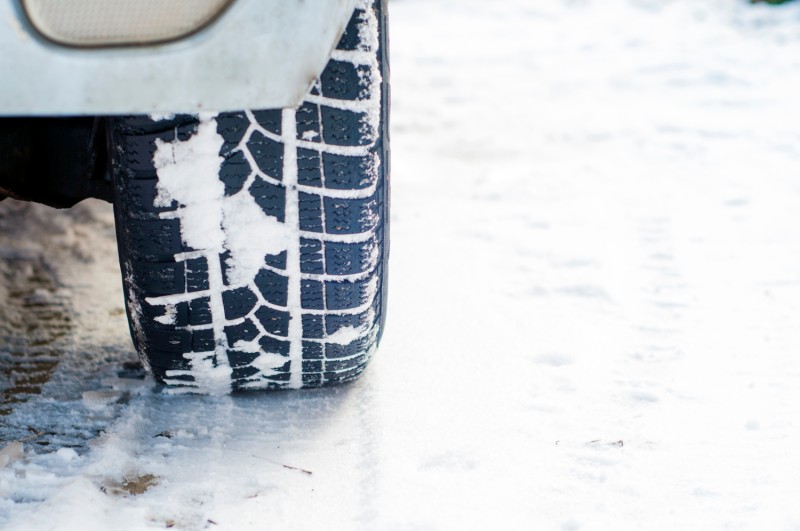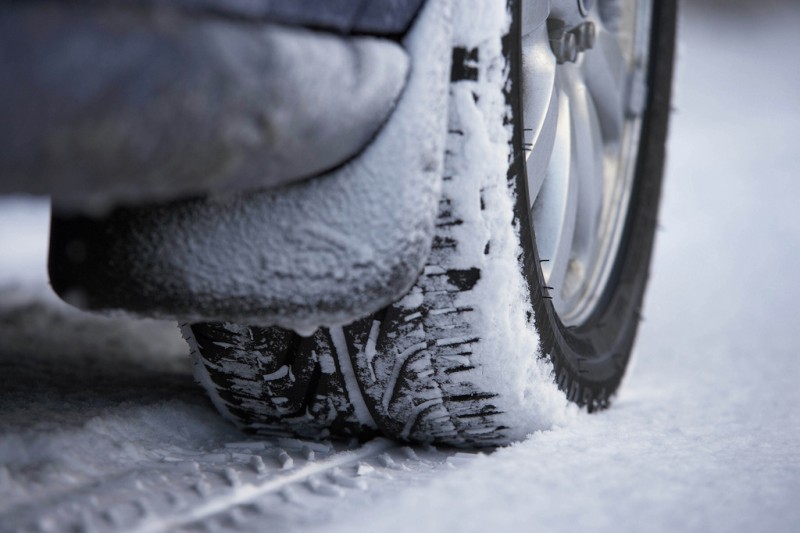Our Scrappage, Recycling and Car Blog
Winter Driving
Category filter applied
The benefits to owning used winter tyres

When the temperature drops, some drivers will switch to winter tyres on their cars. Winter tyres make a real difference to the amount of control you have in snow and ice. Here we look at whether used winter tyres are a good investment.
Winter tyres are designed to cope better with driving in winter conditions. The width of the grooves are narrower than conventional summer tyres, so less ice and snow can be clogged in the tread patterns. This gives more grip on winter road surfaces. Winter tyres work most effectively when the temperature drops below 7°C, and in some European countries winter tyres are even a legal requirement.
Winter Tyres – everything you need to know

Unless you’re a real petrol head – and kudos if you are – the chances are that you probably don’t spend too much time thinking about your tyres.
Categories
- Car Maintenance 26
- Driving Abroad 2
- Economy 1
- Environment 3
- Insurance 2
- Light-Hearted 1
- Manufacturers 1
- Motoring Guides 6
- Motorways 1
- New Car Sales 1
- Safety 3
- Salvage 13
- Social & Community 4
- Used Cars 18
- Winter Driving 2
Recent posts
- MOT: the complete guide
- Used Tyres Guide
- What is GAP insurance?
- Guide to finding a replacement car engine
- Does the scrap value of steel affect your car’s scrap value?
- What are the most valuable salvage car parts?
- The Ultimate Guide to Replacing Wing Mirrors
- ASM Has Procured Over 350 Jaguar and Land Rover Flood-Damaged Cars!
- How To Find Replacement Parts for My Car
- Dos and don’ts of getting rid of your old car
- How to Replace your Serpentine Belt
- How to tax your car (the complete guide)
- Basic Car Maintenance: How to change your spark plugs
- The complete guide to replacing a fuel filter
- How to scrap a car